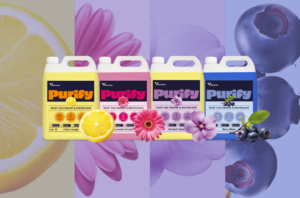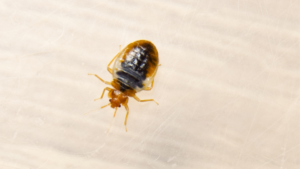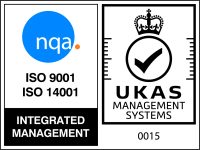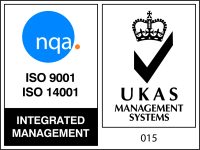Pleasant environment, positive impressions: A practical guide on odour control methods
First impressions matter, and scents and smells in particular can set the tone, be they good or bad.
Foul odours within premises can create negative associations and assumptions of uncleanliness and health risks for people. But with the right knowledge and planning, cleaning professionals can manage and eliminate bad odours, ensuring that a building always makes a positive impression.
The source of bad odours
Behind every smell is a volatile compound and, once airborne, these molecules are detected by the olfactory system (sense of smell) and interpreted by the brain, explains The Journal of Neuroscience.
According to Cleaning and Maintenance Management, foul smells form when bacteria or fungi are not correctly removed from a surface. The most common causes of odours in a public or private setting include urine, blood, vomit, faeces, rubbish and rotten food. Additionally, mould and mildew can give off a tell-tale damp smell.
Investigating odours and ventilation
High-traffic areas – toilets, kitchens and carpeted spaces – are worth special scrutiny when it comes to preventing tough odours. As a first point of action, cleaning professionals should ascertain if an odour is temporary, repetitive or embedded into a surface.
Ventilation can play a key role in mitigating odours, with even the simple act of opening a window doing much to improve indoor air quality. But when it comes to elusive odours, cleaners should consider checking for other culprits, including a premises’ HVAC system, suggests Facilities Management Journal.
Solutions for eliminating foul odours
Once the foul smell has been identified, cleaning staff should either remove it or seal it off. If the odour can be removed, the soiled surface should be thoroughly cleaned. If the odour was caused by a biohazard, such as faeces or vomit, the surface should be disinfected after cleaning.
Toilets and bathrooms
In toilets, where urine can seep into grout, Cleaning Maintenance and Management suggests halting mopping to avoid depositing further dirt into grouting and, if necessary, using an enzymatic cleaner to lift odour-causing bacteria from this porous surface.
If the odour continues, facilities teams should ensure that dirt has not been directly sealed into the grout.
Kitchens
Kitchen and break rooms are another high-risk area for bacteria-causing odours, as Cleaning Matters explains.
To mitigate the risk of smells, worktops and floors should be kept clear of any spills and debris. Additionally, Cleaning Business Today suggests that cleaning staff regularly vacuum kitchen floors, clear drains of food particles and, if needed, deploy a specialist digestive cleaning solution in these areas.
Rubbish bins should also be emptied and cleaned. High-touch areas, such as taps, knobs, microwave buttons and fridge handles, need frequent cleaning and disinfecting to keep odour-causing bacteria to a minimum.
These areas should also be kitted out with antibacterial wipes and adequate handwashing facilities.
Carpets and soft furnishings
Carpets and soft furnishings need to be vacuumed regularly, explains Cleaning Maintenance and Management. For stubborn odours, staff may want to sprinkle bicarbonate of soda on a carpet’s surface before vacuuming.
While this technique will work for some upholstery, the outlet also recommends laundering fabrics where possible, but if not, disinfecting with an appropriate product. If a smell is especially strong, an odour eliminator can be sprayed directly on the fabric’s surface.
Mould and mildew
Good ventilation and humidity control are key to mitigating odours caused by mould and mildew. While a cleaner’s first instinct may be to scrub away unsightly mould, it might not be that simple.
Cleaning staff should check and investigate areas for any standing water or leaks, dry damp areas thoroughly, deploy mould-resistant cleaning materials and shut external windows in times of wet weather.
Again, it should also be ensured that a facility’s HVAC system is operating properly to control humidity levels.
Tactics for long-term odour control
In the case of a one-off foul odour, removing the source of the smell should improve air quality while reoccurring odours in certain areas – toilets, for example – require strict regular monitoring.
However, in some situations, even the strictest of regimens won’t always eliminate repeat odours. Here, a carefully selected aerosol fragrance can keep an environment smelling fresh between cleans.
The key to creating and maintaining a pleasant and healthy indoor environment, whether dealing with a one-time incident or an ongoing problem, is a consistent cleaning rota, one in which cleaning staff match the right techniques and products to carefully and thoroughly address the source of an odour.








